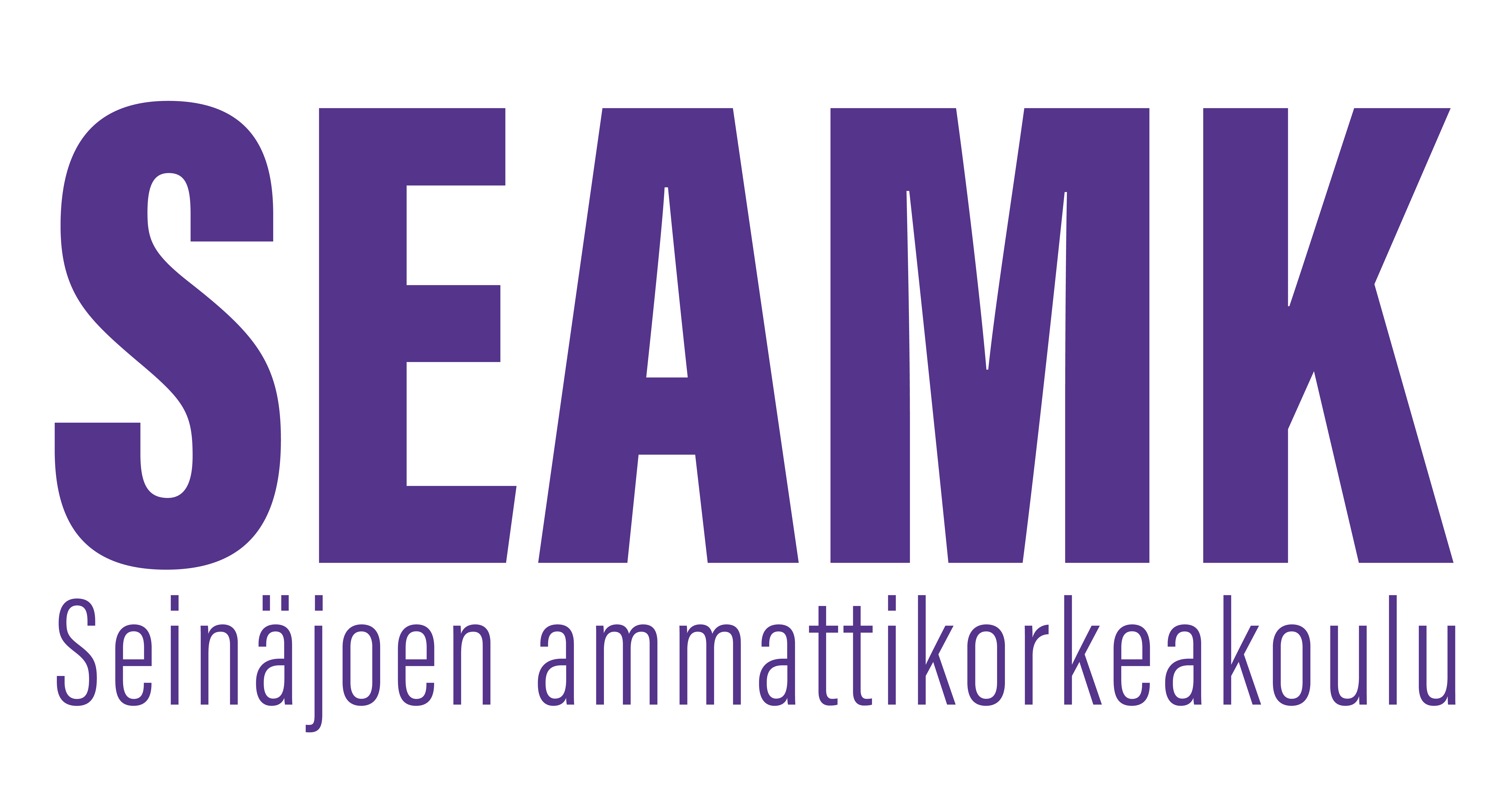Mechanics (3op)
Opintojakson tunnus: AE00CM46
Opintojakson perustiedot
- Laajuus
- 3 op
Osaamistavoitteet
Upon completion of the course, student will
- be able to utilize the necessary concepts and units that are used in modeling mechanical phenomena
- be able to build and solve physical models that describe different mechanical phenomena
- be able to interpret a physical model as an approximate description of the real world phenomenon
- be able to analyze the motion of solid bodies and fluids, and to understand the empirical nature of the physical science
- be able to evaluate his/her skills on mechanics and apply his/her expertise in the subsequent advanced studies
Sisältö
- Kinematics
- Newton's laws
- Work, power, energy, impulse
- Linear momentum
- Rotary movement
- Mechanics of solids and fluid
Esitietovaatimukset
No previous studies are required
Arviointikriteerit, tyydyttävä (1)
Satisfactory (1 ... 2): The student knows and understands to a satisfactory extent the mechanical basic concepts and methods, and is able to apply them to usual problems.
Arviointikriteerit, hyvä (3)
Good (3 ... 4): The student is familiar with the concepts and methods of mechanics, and is able to apply them to different types of problems. The student is able to combine the accumulated knowledge and skills with previous experiences in the subject.
Arviointikriteerit, kiitettävä (5)
Excellent (5): The student is familiar with the concepts and methods of mechanics, and is able to apply them to a variety of different problems. The student has demonstrated creativity and innovation, and is able to find new meanings when applying what they have learned.
